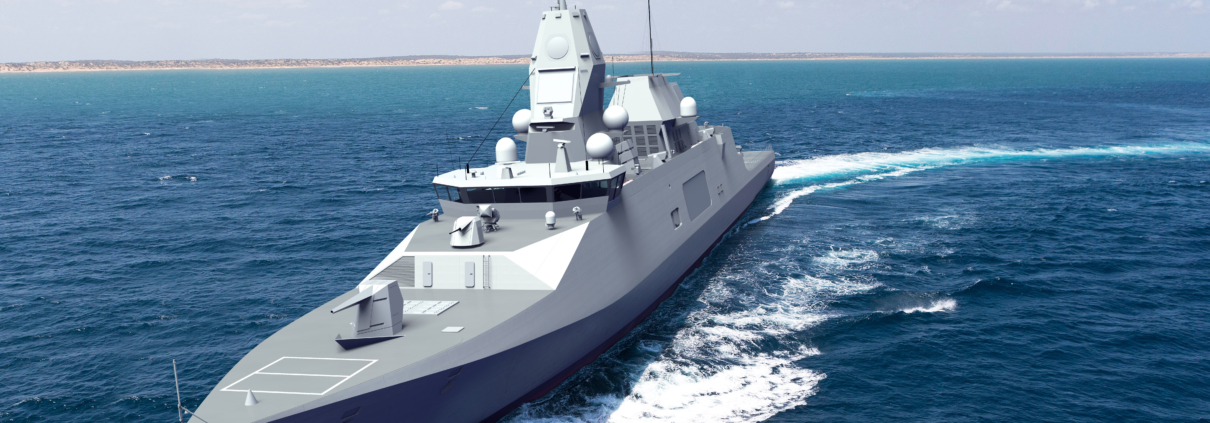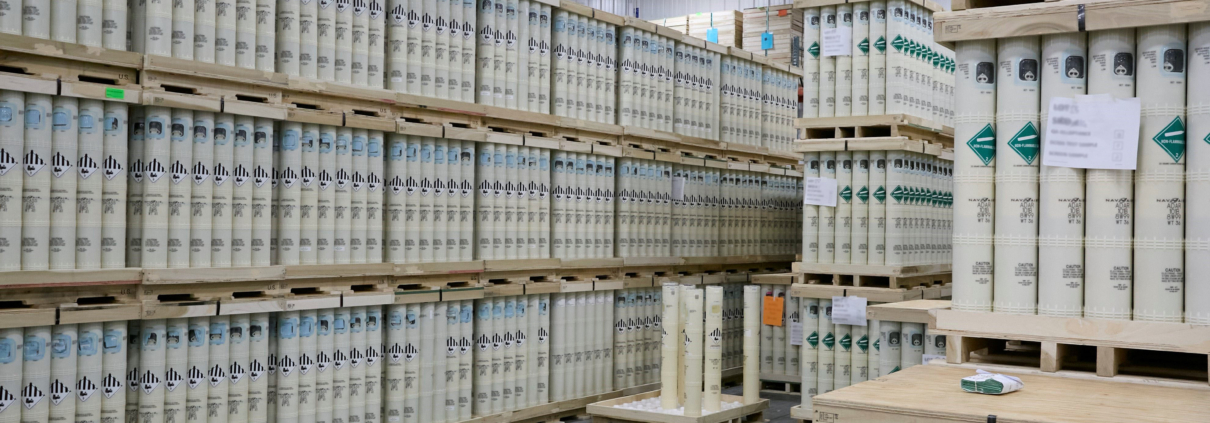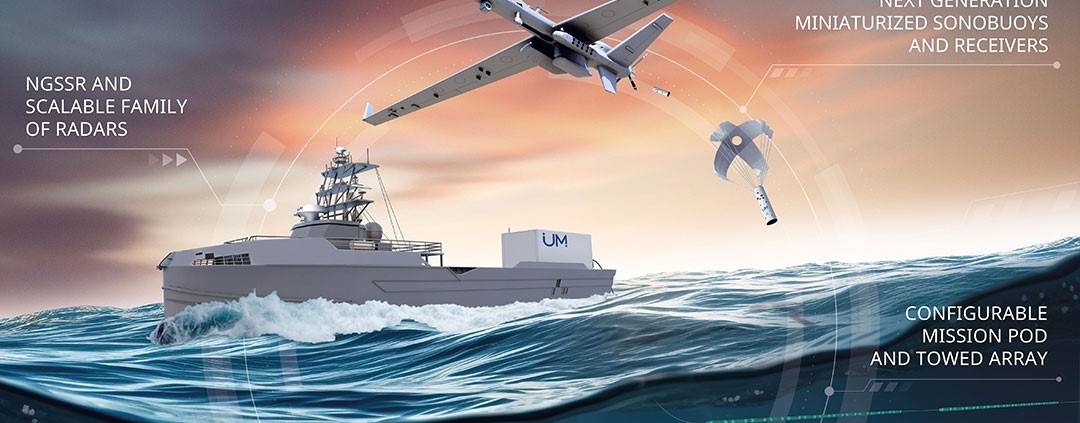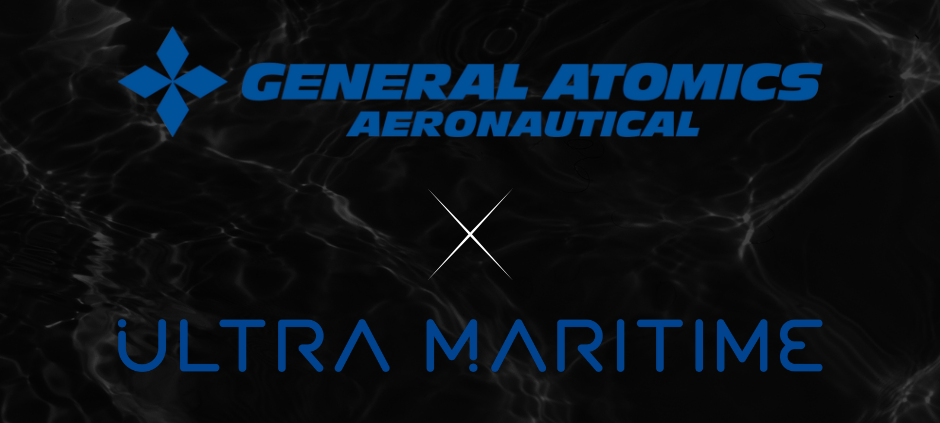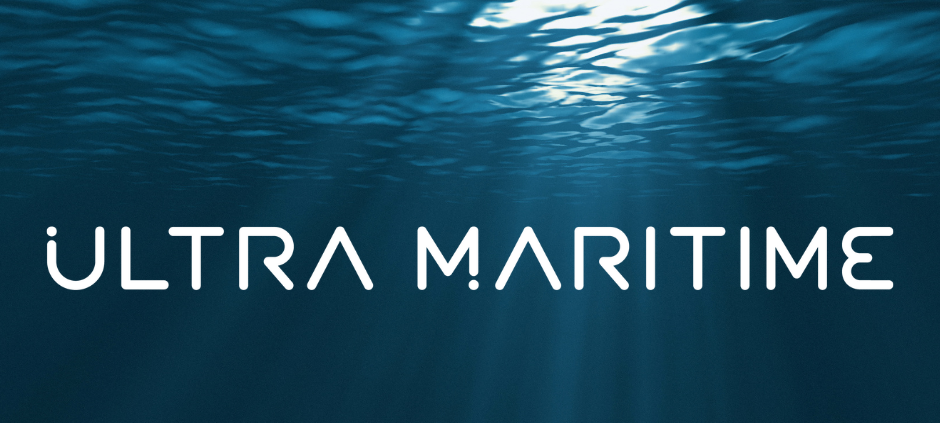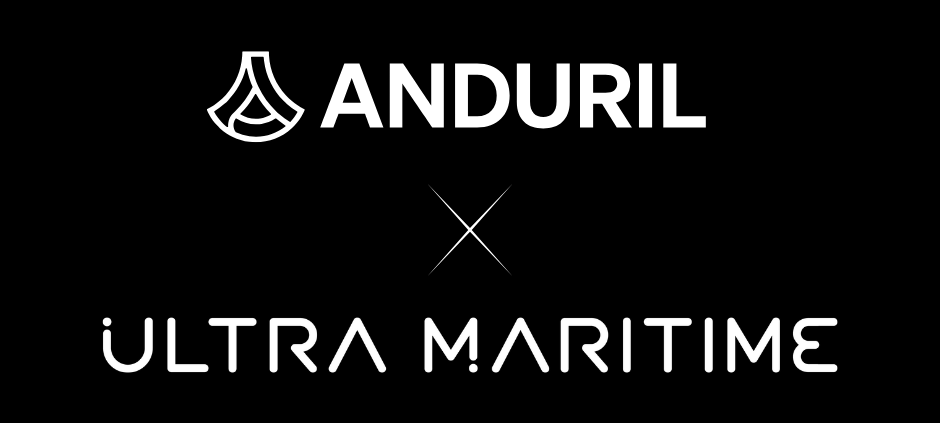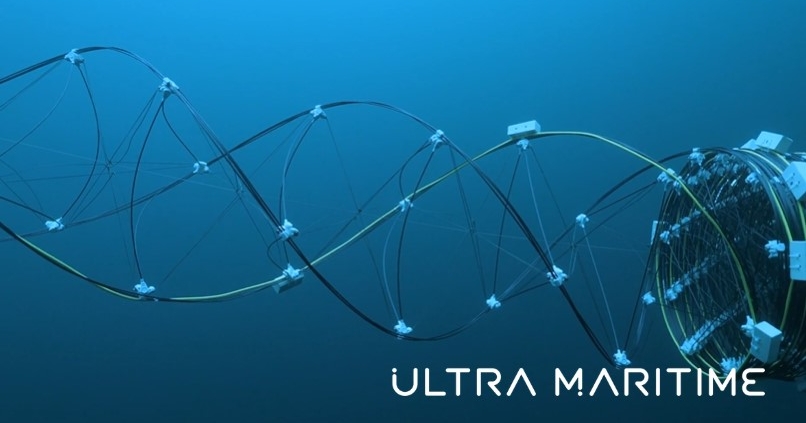As submarine and autonomous threats increase and become more stealthy, undersea domain awareness is becoming more critical than ever. Ultra Maritime will present a new, unique and innovative solution for these undersea threats in the form of a lightweight deployable sonar capability called Sea Spear at Sea Air Space 2025 next week in National Harbor, Maryland.
Including this exciting new technology, Ultra Maritime will highlight the following at its booth #1111:
Sea Spear – New Lightweight Deployable Sonar
Ultra Maritime unveils Sea Spear, a first-of-its-kind lightweight deployable sonar system that enhances submarine detection capabilities rapidly and inexpensively. As the maritime domain shifts, submarines become more stealthy and unmanned underwater vehicles grow in number, Sea Spear provides a solution for long endurance and long-range surveillance capability and threat monitoring. Deployable from crewed or uncrewed surface and underwater platforms, the 21-inch diameter unit expands to create a high-performance, wide-aperture array. Already well into its development phase and in-water testing, full operational demonstration will occur in 2025. As part of an exclusive partnership, Ultra Maritime’s Sea Spear will be deployed with Anduril’s Seabed Sentry, a network of ‘cable-less’ deep-sea nodes that sense, process and communicate critical subsea information in real time.
Next Generation Sonobuoys
Ultra Maritime is delivering a new generation of sonobuoys, revolutionizing submarine detection technology with unprecedented predictability and detection capabilities. These redesigned and independently manufactured systems incorporate significant advancements, including enhanced battery technology that extends the operational lifespan of active buoys. This breakthrough provides allied navies with a critical edge in undersea warfare, elevating defense operations to a new level of performance. Ultra Maritime has made significant investments that have fully qualified three new sonobuoy models with two additional qualifications in 2025, and towards creating the factory of the future configured specifically for sonobuoys and made to achieve reliable delivery at the production rate demands of the global market.
Ultra Maritime Mission Pod – Containerized Anti-Submarine Warfare (ASW)
The Ultra Maritime Mission Pod is an extensive advancement in towed array packaging technology that enables smaller manned and unmanned surface vessels to greatly increase their anti-submarine warfare capabilities. This game-changing system houses and deploys towed arrays from a 20-foot ISO container, achieving a genuine modular, flexible and scalable solution for any Navy. The Ultra Maritime Mission Pod allows for ASW capabilities without the need for traditional, large, expensive manned surface combatant platforms.
Surface Ship Torpedo Defense
Ultra Maritime has made significant investment towards creating a complete layered torpedo defense solution comprised of multiple strategies and systems working together to detect and neutralize incoming torpedo threats. This next generation torpedo defense capability combines expendable countermeasures, both soft and hard kill, with towed detection and countermeasures, ensuring the safety of naval vessels from torpedo attacks. This integrated approach to torpedo defense is critical to address the growing submarine threat by significantly improving our survivability and drastically shortening the kill chain for an inbound threat.
Next Generation Surface Search Radar
Next Generation Surface Search Radar (NGSSR) is the Navy’s first multi-mission navigation radar that enhances warfighting capabilities and safety of navigation. This radar can be reconfigured through software updates and is designed to support combat systems, surface search, safety of navigation, periscope detection and other missions. Ultra Maritime will highlight a small form factor solution built upon NGSSR, for use on small and unmanned platforms, giving the ability to share data across both manned and unmanned networks and providing a common operating picture while performing surface search and other classified mission capabilities.

